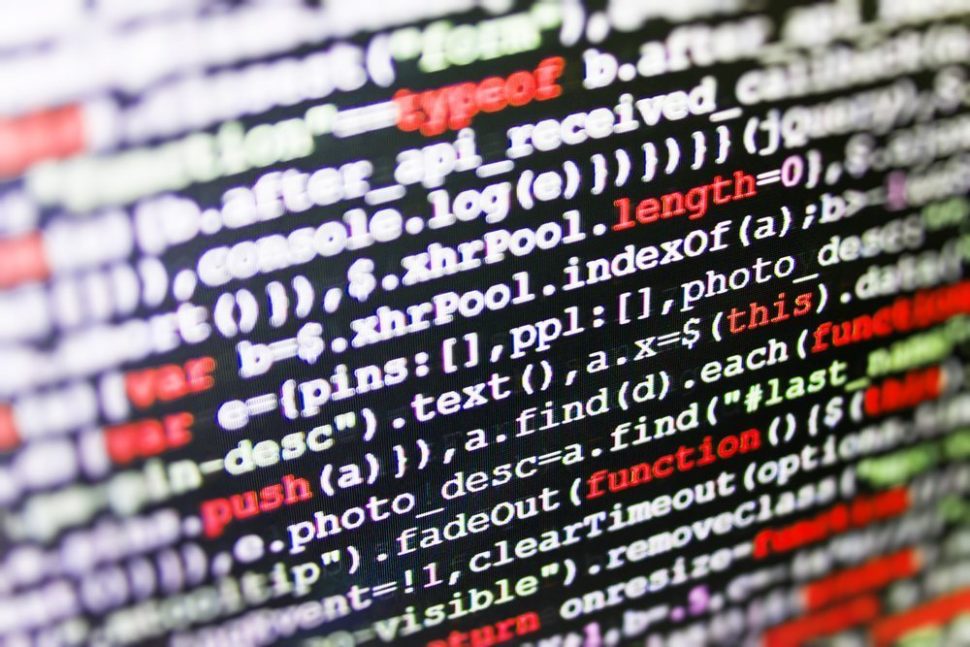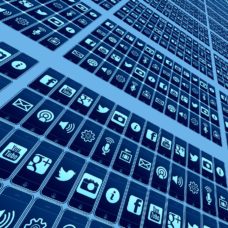Complete anonymity in the Web 2.0 era is “algorithmically” impossible. While there are several ways to hide your identity (Proxies, VPN, TOR), you still leave a type of footprint leading to you. The most effective solution? Unplug your computer, destroy your hard drive and move off the grid!
Ever wonder what digital footprints you leave behind? A team of researchers at Princeton and Stanford conducted an online test over the summer, the “Footprint Project” where they accessed browsing history and collected the web pages a user visits through links on Twitter.
#Princeton and #Stanford conducted the #FootprintProject summer 2016Click To TweetThe researchers used the set of total websites visited by users to make up their digital footprints. Afterward, they compared the footprints of millions of users to determine specific user identity. By the end of the experiment, researchers accurately identified 240 out of 300 users who voluntarily participated in the project. The process is similar to that used by online advertisers and websites, except that researchers asked for permission.
Breadcrumbs Left Behind in the Digital Forest
Surfing the Web is like walking barefoot on fresh concrete, we leave indelible traces along the way. The more we walk along the web the longer the trail of digital footprints we leave behind.
Millions of users browse the web anonymously, or so they think. They add information to business websites or e–commerce stores, they open personal accounts on social networks, and then they hide behind a screen and a pseudonym which gives them a false sense of anonymity.
Like it or not, everything you do on the Internet is recorded on at least the databases of the information accessed and that of your Internet Service Provider (ISP).
E-anonymity, Digital Footprints and Big Data Business
The amount of exploitable personal information on the Internet reinforces the illusion of anonymity. We create about 2.5 trillion bytes of data every day on the Internet, and algorithms are generating increasingly lucrative market resources from this Big Data. The stakes are high for companies that manage to use online data to affect real life business.
The NSA and many ISPs have the data available to learn everything about your habits, your tastes, your lifestyle, and your activities. Aside from voluntary and visible traces (comments, photos on social networks), there are many unseen and unintentional traces including IP address, browsing history, search archives, and preferences. Navigation data is used to analyze your entire journey on the web.
Remember that coffee travel mug you hesitated to buy on Amazon.com that strangely kept reappearing in the right column of every website you visit?
In theory, anonymity and privacy are associated; the former is a way to preserve the latter.
As soon as there are organizations or authorities that construct large-scale databases on people, they inevitably lead to misuse.
Edgy Labs recommends that you stay aware of what traces you leave behind when accessing the Internet. Know that your personal information can easily be used to take advantage of you.



















Comments (0)
Most Recent